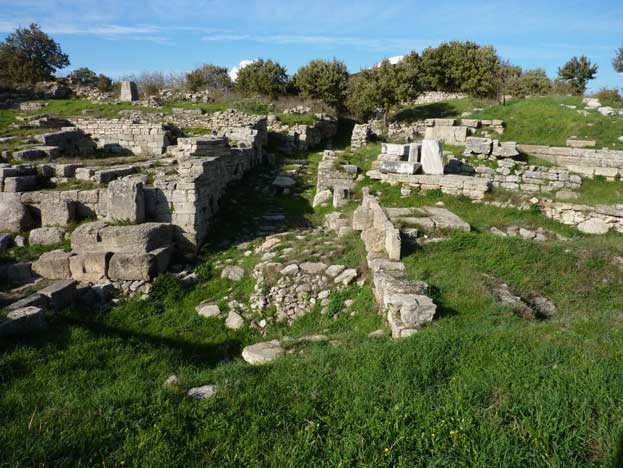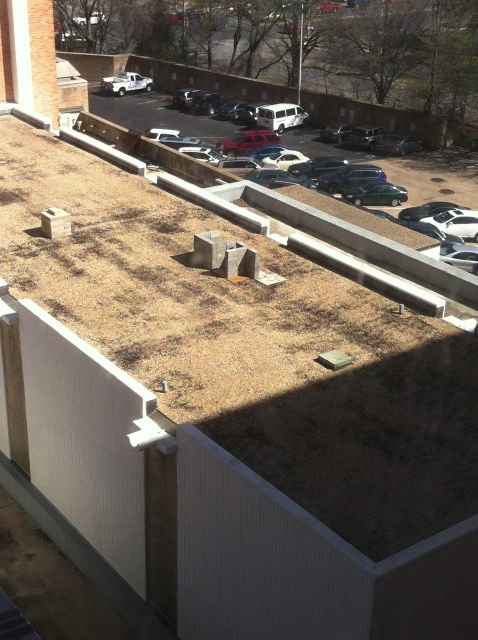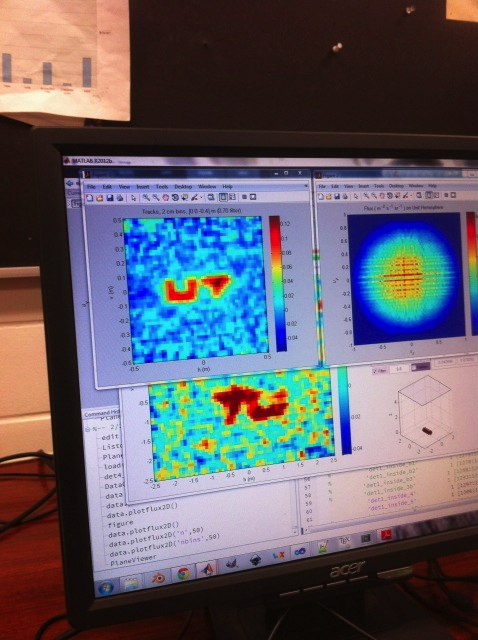|
Size: 3451
Comment:
|
Size: 4933
Comment:
|
| Deletions are marked like this. | Additions are marked like this. |
| Line 36: | Line 36: |
| Please mark your calendars for the upcoming meetings of the Molecular Archaeology Group in Fall 2013, in Biotechnology Center, Room 1360 (same room as last semester). All meetings are from 9-10 am on the Tuesdays listed blow. Bagels and coffee will be provided. September 17 Dr. Phil Farrell (Emeritus Professor of Pediatrics in the School of Medicine and Public Health and former Dean of the University of Wisconsin Medical School) on the origins of cystic fibrosis in Bronze Age Europe October 1 Dr. William Kelso (Director of Research and Interpretation for the Preservation Virginia Jamestown Rediscovery project) on the Jamestown Fort site October 15 Dr. Martin Shafer (Associate Scientist, UW-Madison College of Engineering, Environmental Health Division, Wisconsin State Laboratory of Hygiene, and Environmental Chemistry and Technology Program, University of Wisconsin-Madison ) on lead (and other trace elements) in ancient Roman populations of Londinium October 29 no meeting November 12 Dr. Greg Barrett-Wilt (Assistant Scientist, UW-Madison Biotechnology Center, Mass Spectrometry/Proteomics Facility) on proteomics and chemical residue analyses on ancient ceramics November 26 Dr. Duncan Carlsmith (Professor, UW-Madison Department of Physics) on muography and applications to archaeology December 10 Dr. Drew Kitchen (Assistant Professor of Anthropology, University of Iowa, Carver College of Medicine) topic TBA -------------- |
Troy Project
This project organized by Professor Carlsmith is a study of techniques used to look into the Earth with possible application to an archaeological expedition to Troy. In particular, a feasibility study of using cosmic ray muon attenuation and scattering to image subsurface structures is being performed with GEANT simulations with the goal of evaluating time and resolution and size tradeoffs with realistic models based on the Troy citadel.

Other techniques being reviewed for possible application are):
Magnetometry - passive and active detection based on magnetic susceptibility.
Radiometry - use of ground penetrating radar.
Graviometry - Surface surveys of gravitational field variations and reconstruction.
View project overview. CosmicRadiography.pdf
Add your name here to participate:
- Duncan Carlsmith
Anna Christenson Muography, a feasibility study edited.pdf
- Ethan Fricker
Felipe Gutierrez Radiography Draft, Salan_Gutierrez
Daniel Howard GEANT4
Eric Salan Radiography Draft, Salan_Gutierrez
- Max Wilson
Kotoyo Hoshina muray.pdf
Molecular Archaeology Group: http://www.biotech.wisc.edu/mag
Please mark your calendars for the upcoming meetings of the Molecular Archaeology Group in Fall 2013, in Biotechnology Center, Room 1360 (same room as last semester). All meetings are from 9-10 am on the Tuesdays listed blow. Bagels and coffee will be provided.
September 17 Dr. Phil Farrell (Emeritus Professor of Pediatrics in the School of Medicine and Public Health and former Dean of the University of Wisconsin Medical School) on the origins of cystic fibrosis in Bronze Age Europe
October 1 Dr. William Kelso (Director of Research and Interpretation for the Preservation Virginia Jamestown Rediscovery project) on the Jamestown Fort site
October 15 Dr. Martin Shafer (Associate Scientist, UW-Madison College of Engineering, Environmental Health Division, Wisconsin State Laboratory of Hygiene, and Environmental Chemistry and Technology Program, University of Wisconsin-Madison ) on lead (and other trace elements) in ancient Roman populations of Londinium
October 29 no meeting
November 12 Dr. Greg Barrett-Wilt (Assistant Scientist, UW-Madison Biotechnology Center, Mass Spectrometry/Proteomics Facility) on proteomics and chemical residue analyses on ancient ceramics
November 26 Dr. Duncan Carlsmith (Professor, UW-Madison Department of Physics) on muography and applications to archaeology
December 10 Dr. Drew Kitchen (Assistant Professor of Anthropology, University of Iowa, Carver College of Medicine) topic TBA
Please find below the complete Molecular Archaeology Group Meeting Schedule for Spring 2013. Every other Tuesday in The Biotechnology Center, Room 1360, 9-10 am. Bagels and coffee provided. As you see fit, please circulate this to colleagues, post-docs, and graduate students with an interest in molecular archaeology. These meetings are informal discussions -- no longer than one hour -- featuring a topic introduced (in 10 minutes) by a specialist who may circulate material in advance for discussion (not required). The majority of the hour will be focused on discussion and exchange.
3/5: Dr. William Aylward (Department of Classics) on Troy and archaeological science
3/19: Dr. David Meiggs (Department of Anthropology) on isotopes and aDNA
4/2: Dr. Greg Barrett-Wilt (Director, Mass Spectrometry/Proteomics Facility) on archaeo-proteomics
4/16: Dr. Jim Burton ()Director, T. Douglas Price Laboratory for Archaeological Chemistry on isotopes and geographic origins of humans
4/30: Dr. Caitlin Pepperell (Assistant Professor of Medical Microbiology & Immunology and Medicine) on origin of M. tuberculosis
5/14: Dr. Erika Marín-Spiotta (Assistant Professor of Geography) on measurements of human legacies on soil organic matter and soil properties
Photos from UT-Austin imager



Literature
Muon scattering at the Fukushima nuclear reactors http://dx.doi.org.ezproxy.library.wisc.edu/10.1063/PT.3.2074
Neutrino tomography http://ajp.aapt.org/resource/1/ajpias/v81/i9/p646_s1